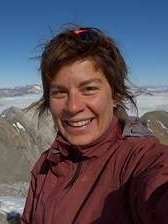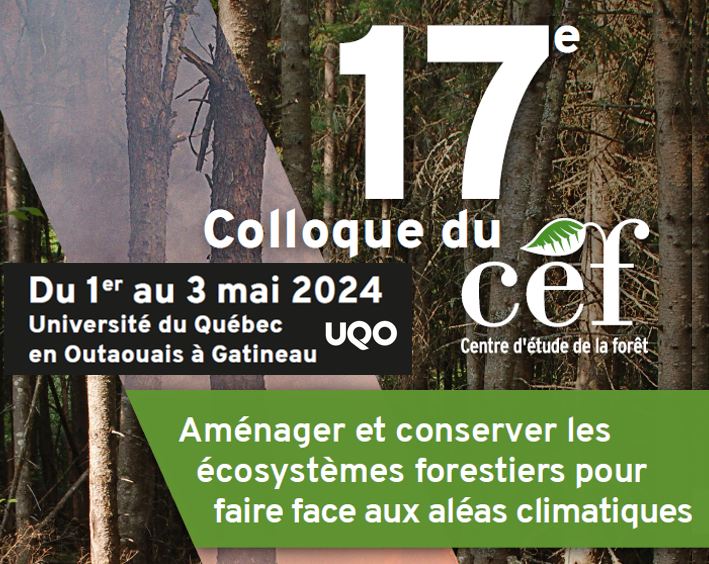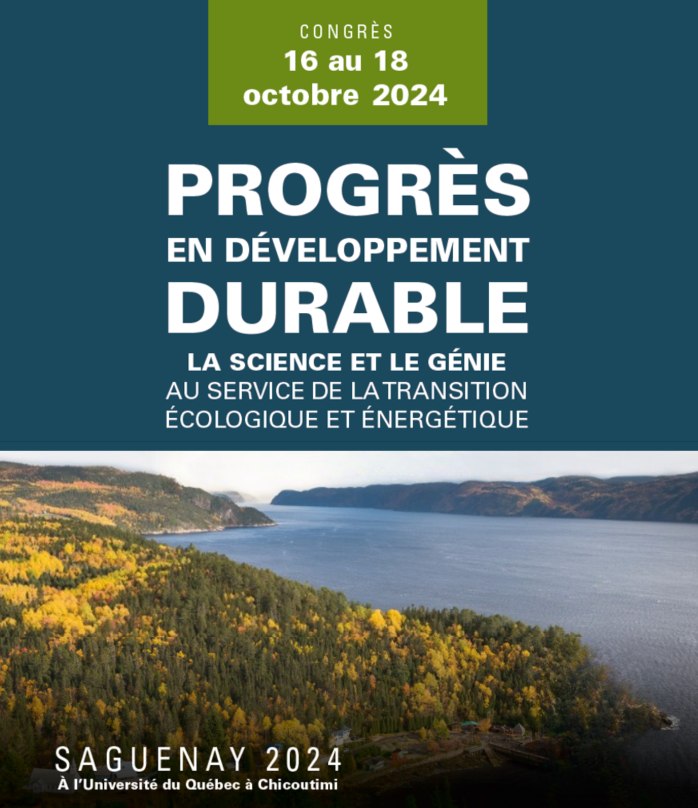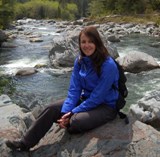
Kim Bannon
Professionnelle de recherche, Laboratoire Messier
Université du Québec à Montréal
Université du Québec en Outaouais
Institut des Sciences de la Forêt tempérée - ISFORT
58 rue Principale
Ripon, Qc, Canada, J0V 1V0
ISFORT ![]()
Téléphone: (819) 595-3900 poste 2941
Education
- M.Sc. Université du Québec à Montréal, 2012
- B.Sc. (Écologie, biodiversité, évolution), Université de Montréal, 2008
- DEC Biotechnologie, Cité Collégiale, 2004
Research Project
Directeur: Sylvain Delagrange
Codirecteur: Christian Messier
First Chapter
IMPACT OF SOIL AND DISTURBANCE HISTORY TYPE ON SUGAR MAPLE AND AMERICAN BEECH COMPETITIVENESS IN SOUTHERN QUEBEC
Recent studies have reported divergent results on the effect of soil nutrient (i.e., Ca and Mg) and light availability on sapling and seedling density and growth of sugar maple (AS: Acer saccharum) and American beech (FG: Fagus grandifolia). The main objective of this study was to evaluate the effect of light availability and soil fertility on the density and growth of AS and FG saplings throughout the Outaouais region of Québec. We investigated 56 stands subjected to different disturbance history types (DHT) (UF, unmanaged forest; PC, partial cuts and; CC, clear cuts) along a soil fertility gradient. AS and FG absolute and relative sapling density varied a lot between the 56 stands, but no significant effect of DHT, soil nutrients and their interactions were found. However, after analyzing them, all 56 stands turned out to be on relatively nutrient poor sites. Radial growth of both species responded positively to canopy opening. CC permitted AS saplings to maintain more its radial growth in time than FG, thus the gain loss in radial growth in PC was higher for AS saplings than FG. Large changes in the intensity of canopy disturbance mainly caused a large (but equivalent) increase of growth for both species. Little could be done to shift dominance to advantage AS regeneration on such poor sites. PC disturbance regime created a certain discrepancy in growth rate between the two species 10 years after the disturbance occurred, but to the advantage of FG. The Northeast hardwood forests in North America are facing great changes in the composition and in the organization of tolerant understory species. Among those species, we can find the American Beech (FG: Fagus grandifolia) and the Sugar Maple (AS: Acer saccharum). During the last decades, many studies have observed a considerable increase of FG saplings in the understory while the AS was declining in the hardwood forests canopy in the South of Québec. It has been suggested that the AS decline would have been related to changes in the soil properties affecting its growth and vigor. Other studies have proposed that these same modifications, in soil properties, could favor the establishment and growth of the regeneration of the FG instead of the AS.
Second Chapter
REGENERATION SUCCESS OF SUGAR MAPLE AND AMERICAN BEECH IN RELATION TO OVERSTORY OPENING AND LIME TREATMENT
Both low soil fertility and lower light availabilities are suspected to favor the establishment and growth of American Beech (FG: Fagus grandifolia) over sugar maple (AS: Acer saccharum) seedlings. This study is complementary to our regional experimental study in investigating the regeneration success of sugar maple and American beech. The main objective of this study is to evaluate the effect of a combination of canopy openings and liming treatment on the density and growth of AS and FG seedlings. This semi-controlled experiment used 24 stands subjected to recent canopy openings (CO; UF, PC, CC) and liming (3t per ha) soil treatment (ST). Again, AS and FG absolute and relative seedling density varied among stands, but both light and soil fertility treatments did not have any significant impact 3 years following the treatments. Wide canopy openings (i.e., CC) combined with limed soils had a positive but not significant effect on absolute AS seedling density. However, this same treatment combination showed significant results on AS height growth. Each species showed very few differences in their overall physiological, morphological and allocational performance mostly related to the canopy opening, but no differences were found between the two species.
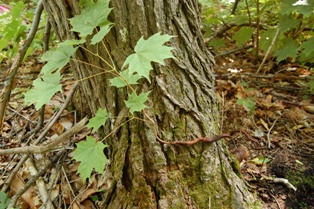
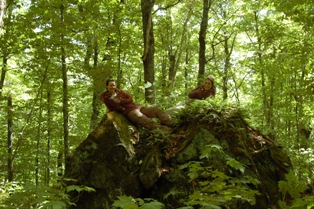
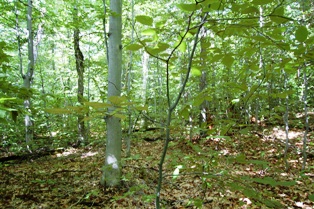
Rapports scientifiques
Delagrange S, Nolet, P, Bannon, K. 2010. Effet de l'ouverture du couvert, du dégagement et du chaulage sur la composition et la croissance de la régénération d'érablières envahies par le hêtre: Remesure 3 ans après sa mise en place. Institut québécois d'Aménagement de la Forêt feuillue, Ripon, Québec. Rapport Final. 42 p + Annexes.
Presentations
Bannon, K, Messier, C, Delagrange S. 2010. Sugar maple (Acer saccharum) and American beech’s (Fagus grandifolia) Regeneration Success in Seedlings According to Soil fertility and Canopy Openings. Colloque annuel du Centre d'Étude de la Forêt (CEF), (Orford, Qc)
'''Présentation ![]()
Bannon, K, Messier, C, Delagrange S. 2010. Le succès de régénération des semis entre l'érable à sucre (Acer saccharum) et l'hêtre à grande feuille (Fagus grandifolia) selon l'ouverture de la canopée et la fertilité des sols. Séminaire (UQAM).
Scholarship
- 2009 : Récipiendaire d'une bourse d'excellence de l'UQAM pour les cycles supérieurs (Fonds à l'accessibilité et à la réussite des études - FARE) du département de sciences biologiques





